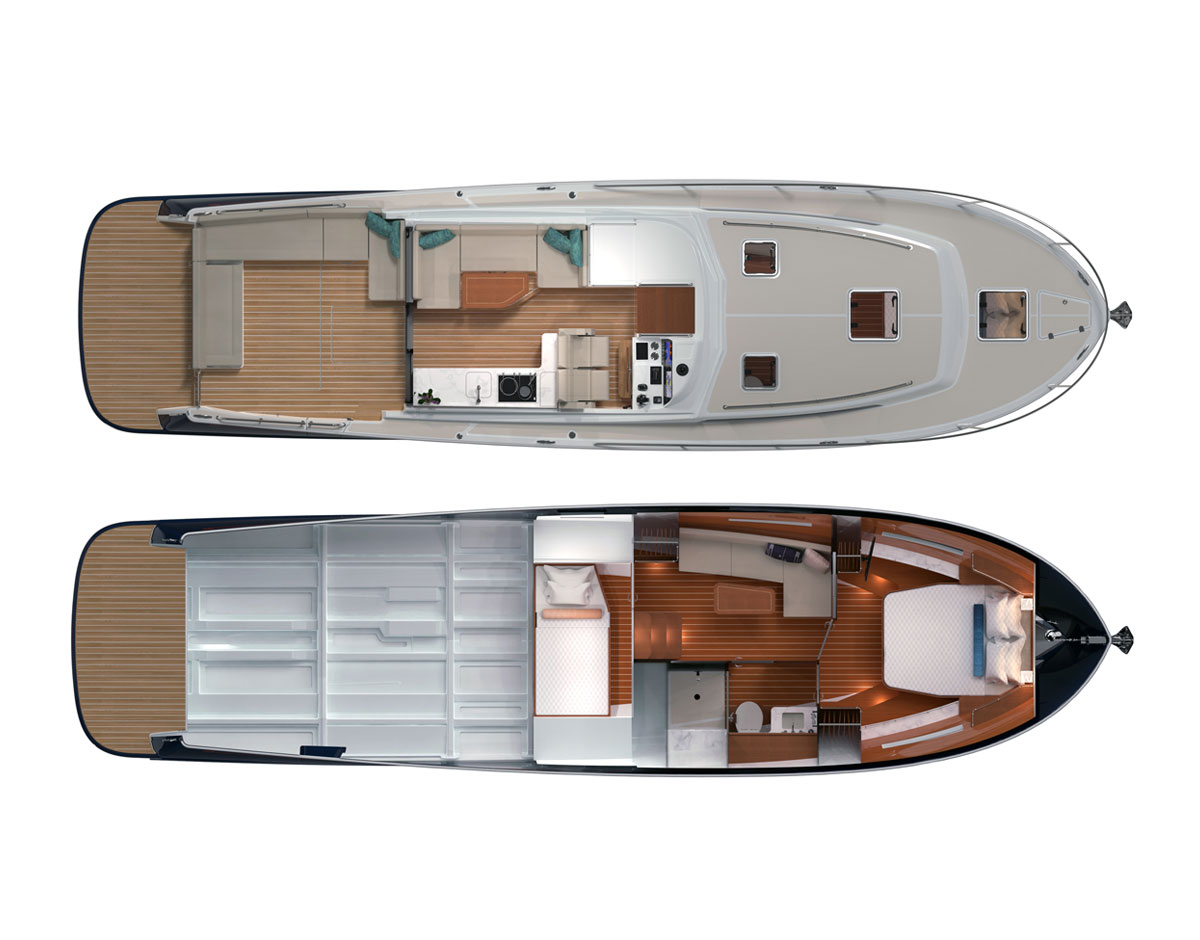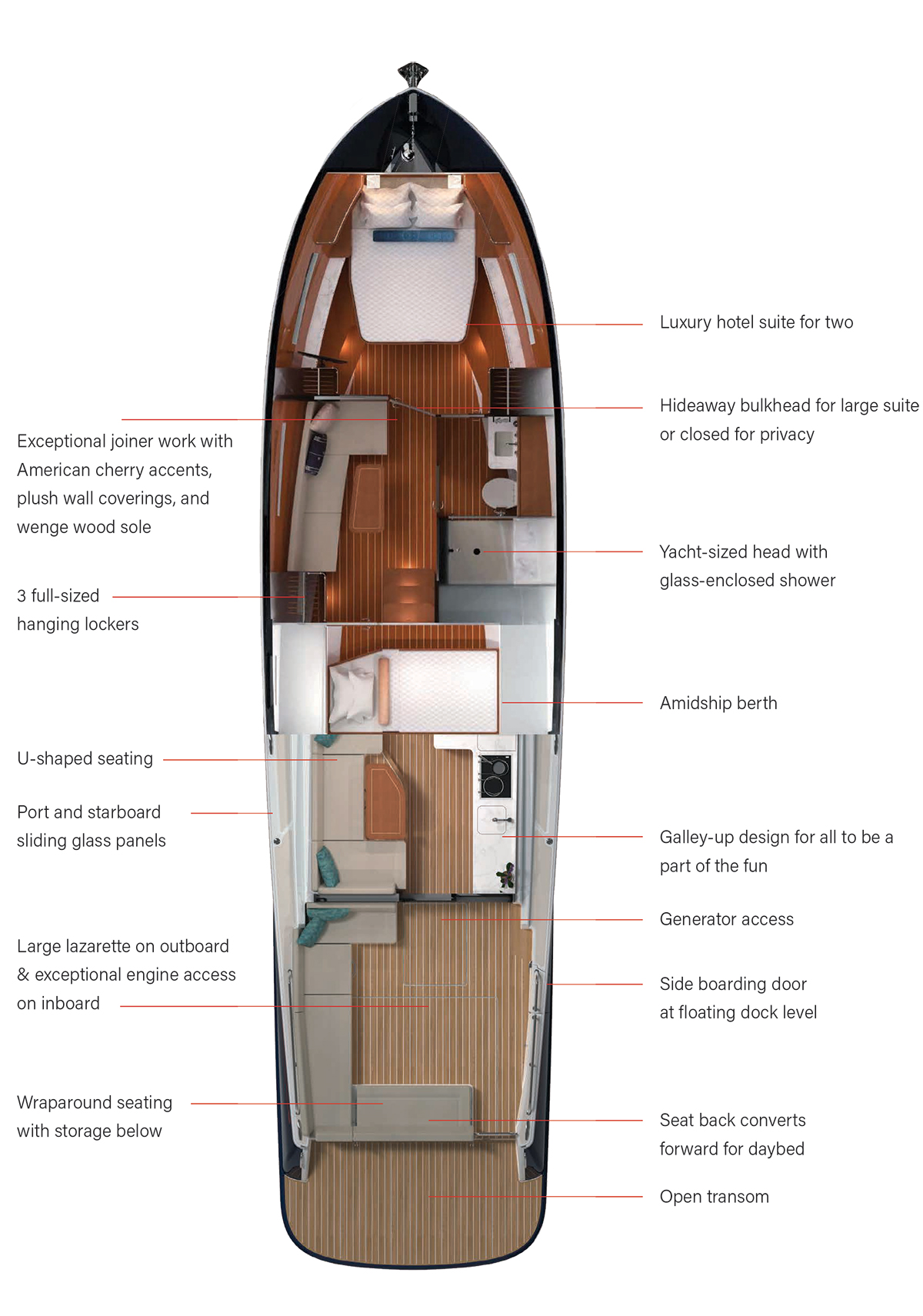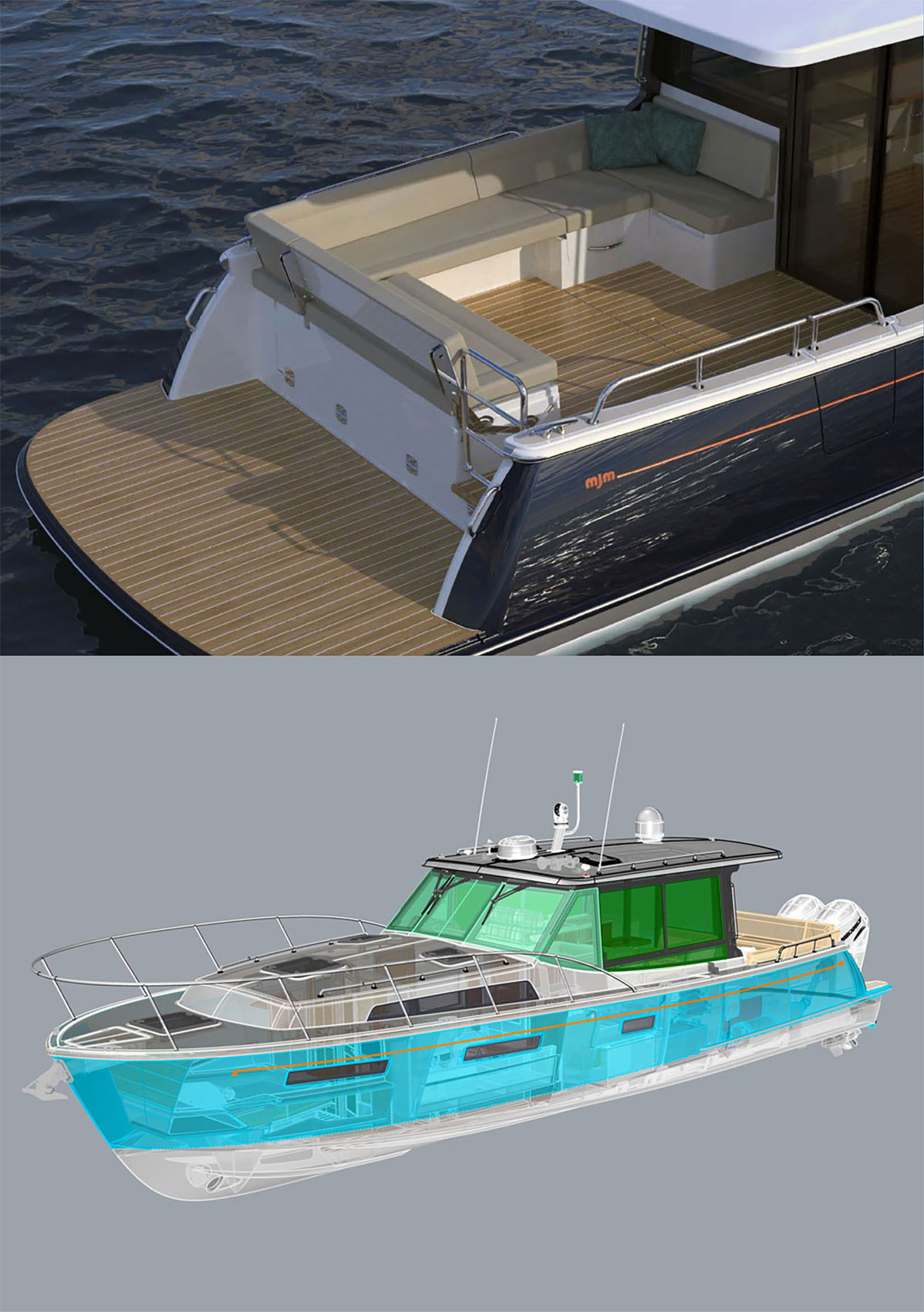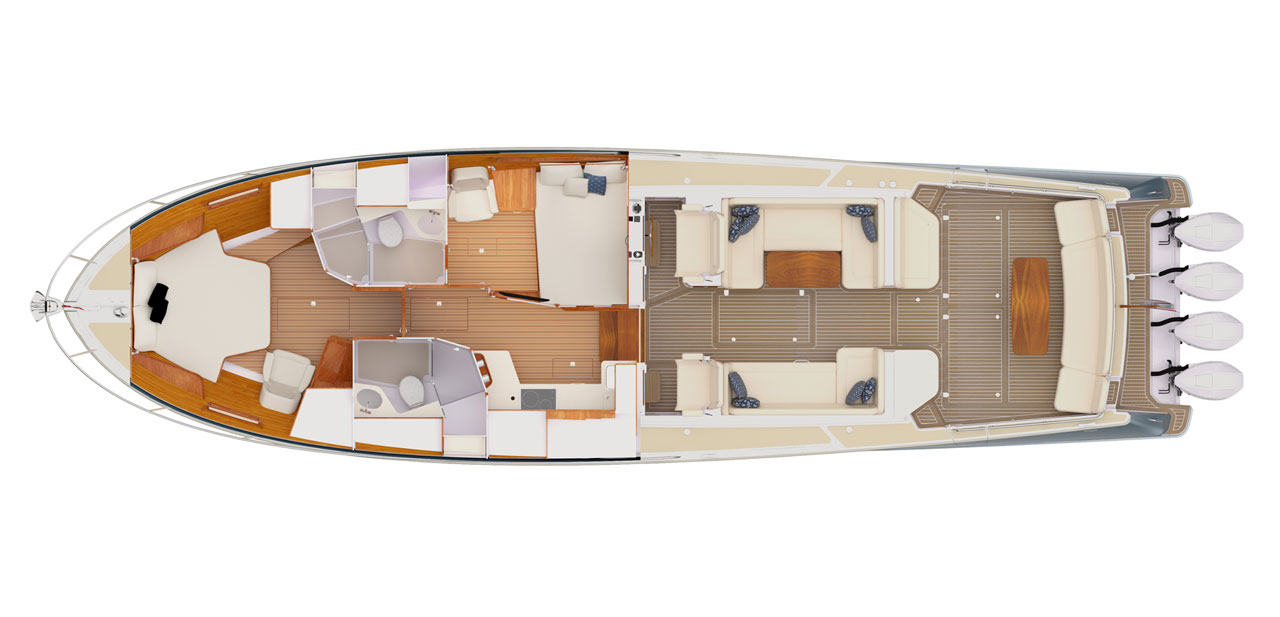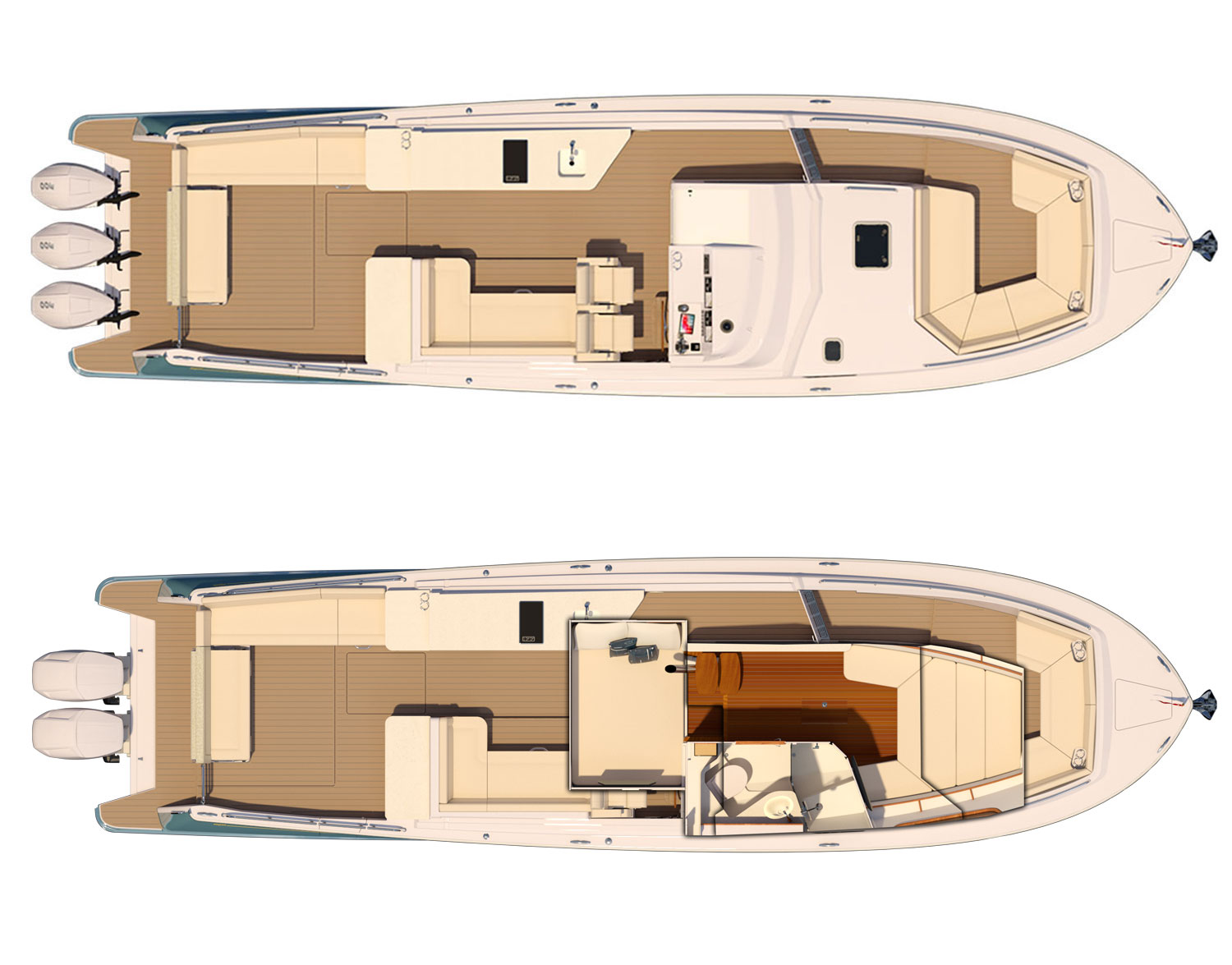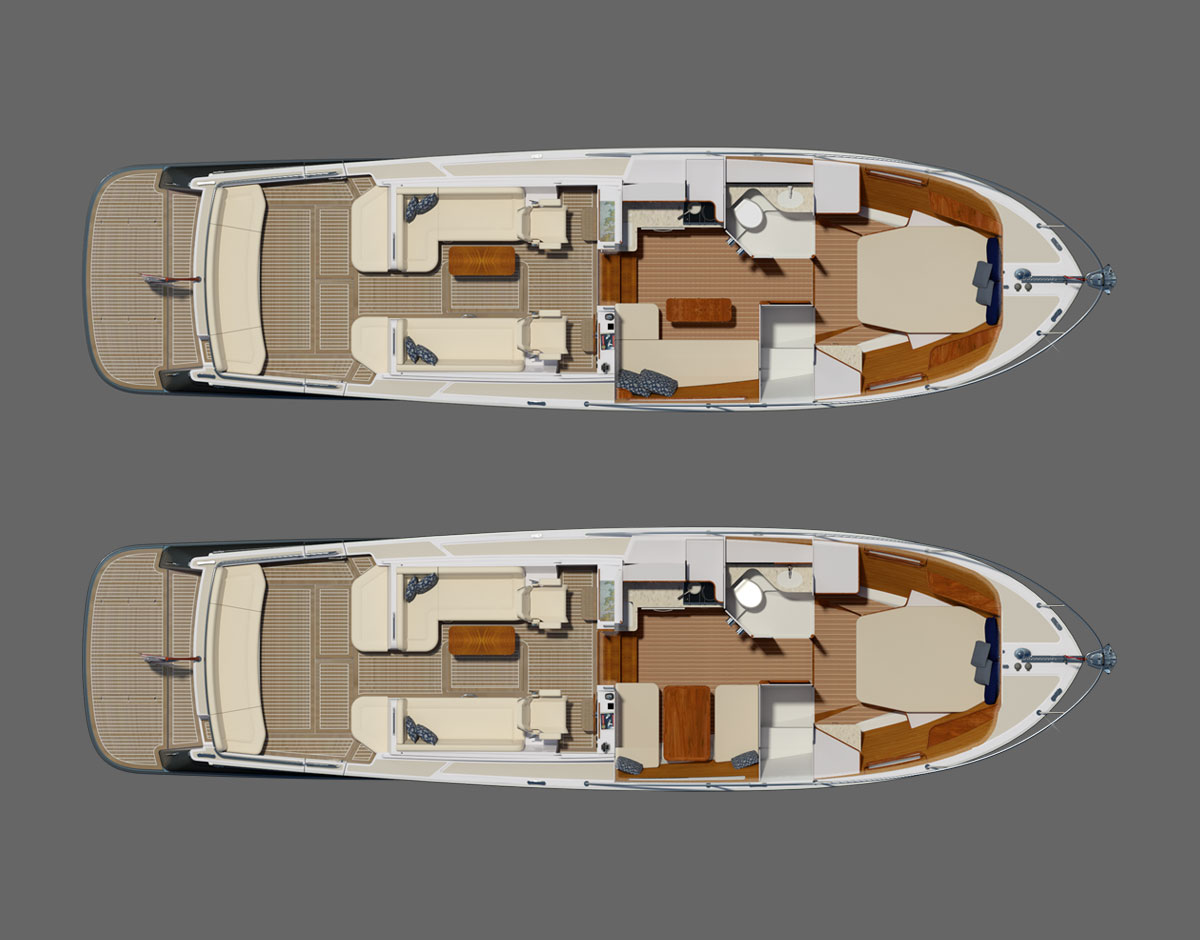by Steve Burke
ISO Standards and CE Mark Certification
The ISO (International Organization for Standardization) small craft standards are the worldwide
regulations governing the design and construction of vessels, both power and sail, of up to 24 meters (79
feet) in length. In order for boats to be sold or imported into Europe, it is currently mandatory that each
model obtain CE mark certification. This certification is based on the ISO standards, which cover the entire
vessel and its systems. They include the boat’s designated type of use, stability and buoyancy, structures,
cockpit drainage, visibility from the helm, and the fuel, electrical, steering, and fire protection systems.
Onboard equipment, including engines, electrical equipment, pumps, tanks, hoses, hatches, portlights,
navigation lights, etc., must also be CE certified.
New structural requirements are now incorporated into the ISO standards. Based on the vessel dimensions,
type of use, speed, and structural arrangement, these new standards require that rigorous calculations be
performed in order to determine the required scantlings and laminates for the various parts of the boat.
MJM Yachts Structural Design
The structure of our powerboats is designed to exceed small craft structural requirements for design
category A “Ocean”. This is the international standard’s toughest design category, and is defined as the
“category of boats considered suitable for seas of up to 7 meters (23 feet) significant wave height and winds
of Beaufort Force 9 (41-47 knots) or less.” While we certainly don’t expect the majority of our owners to
venture out in conditions like these, it’s nice to know that the boat is designed and built to take it.
The ISO calculations were carried out using each of our designs’ top design speed. Design pressures were
calculated for the hull bottom, hull sides, decks, bulkheads, structural grid, and superstructure.
ISO then proceeds to specify material properties of the required laminates. These material properties are
based on a lower quality specification than used in building an MJM yacht: E-glass fabric with polyester
resin. These are by far the most common materials used in the boatbuilding industry today. In addition, the
standards are based on a low expectation of builder performance: a glass/resin ratio of only 50%.
MJM Yachts Exceed ISO Standards
1. The MJMs are built of a less toxic, more environmentally friendly epoxy resin, not the more commonly
found, and much less expensive, polyester resin. Epoxy resin produces a superior laminate to polyester for
a number of reasons (please read SP Systems overview on the advantages of epoxy laminates):
* Epoxy resin is approximately 25% stronger than polyester resin.
* Epoxy resin is more durable than polyester resin due to higher elongation properties. The result is that
epoxy resin is able to “stretch” and “rebound” with its encapsulated fabric. Polyester resin, on the other
hand, with its lower elongation properties, tends to develop microcracks over the service life of the vessel,
gradually weakening the laminate (and the boat).
* Epoxy has superior resistance to water degradation, which is why this resin is applied to the bottom of
polyester resin boats as a barrier coat.
* Epoxy resin has much better adhesion properties. It’s a better “glue” than polyester resin. It is this “glue”
that is binding the resin to the encapsulated fabric- avoiding delamination and holding the entire boat
together!
2. MJMs have a 20% higher glass:resin ratio than that specified by the ISO standard. The outside-the-mold
wet pre-preg, post cure, epoxy composite construction method and process controls employed by Boston
BoatWorks result in a glass:resin ratio exceeding 60%. This significantly exceeds the ISO standard of 50%.
The higher the glass/resin ratio, the stronger the boat.
High Strength and Light Weight
Since we’ve established that our MJMs’ laminates exceed ISO standards’ toughest requirements, what about
the weight? Aren’t there manufacturers saying the more weight, the better? Yes, there are, but the claim
doesn’t make much sense. The problem with weight in a powerboat is that it starts what seems to be an
endless, unproductive cycle. More weight demands larger engines to get the boat up on a plane, which
demand more fuel. Heavier engines and more fuel demand more buoyancy to keep the boat floating, which
for a given length, means wider boats, creating more frictional and wave-making resistance. More
horsepower, still, is needed to overcome this drag, etc. etc. In the case of the 34z, It’s not hard to imagine
why some 35 footers trying to attain cruising speeds in excess of 20 knots, weigh twice as much as the 34z.
A strong, high-tech lighter boat provides its owner with significant advantages:
* It is more fun to drive, offering higher speed and increased maneuverability with the same horsepower.
Think of the Mack Truck vs. Porsche analogy in vehicles.
* A smaller engine with less horsepower is required for equal speed, reducing fuel consumption and
operating costs.
* Lighter weight makes a narrow beam possible, which in turn makes trailering possible. Cored
construction with high strength skins enables the MJMs to be dramatically stiffer than heavier competitors.
This is due to the fact that the stiffness of a given panel increases with the cube of its thickness. It is for this
very same reason that I-beams are employed in steel construction, rather than using solid steel plates.
The principal core material employed in the construction of the MJMs is Core-Cell foam. Varying densities
of Core-Cell are used in the hull and bulkheads of the boat. Slightly higher density foam is used in the hull
bottom, due to the impact pressure of the waves at speed, while lower density foam is found in the topsides
and bulkheads. The advantages of Core-Cell are:
* The closed-cell foam core is impervious to water in areas damaged by collision.
* Core-Cell foam is more tolerant than other core materials to large impacts, resulting in smaller areas of
damage and potential delamination following a collision.
Superlite Baltek Core material is used in the decks of the MJMs for its higher compression strength for
localized impact, so resists small denting events like dropping the bottom fin of an outboard engine or an
anchor on the cockpit sole.
Rugged Where it Needs to Be
Although light, the MJM z’s are overbuilt where it really matters. The hull bottom includes a reinforced
structural grid, that incorporates the (single or twin or triple) engine foundations and the hull stiffeners into
one, very strong, unit. The grid exceeds the ISO structural requirements for this part of the boat, and
provides peace of mind when driving into a seaway at high speed.
For extra protection against possible grounding or impact, and in keeping with ISO standards, the MJMs
have a solid fiberglass centerline keel.
Summary
The structure and laminates of the MJMs are significantly stronger and more durable than the new ISO
structural requirements for Design Category A 40+ knot powerboats due to:
* Epoxy instead of polyester resin laminates
* 60% vs. the 50% glass/resin ratio of the ISO Standard
* Thicker, structurally stiffer, cored composite hull, deck and bulkheads.
* Overbuilt structural grid in hull bottom
* Solid epoxy glass on bottom centerline for protection against grounding

